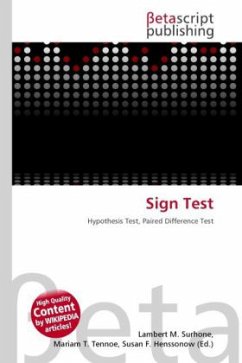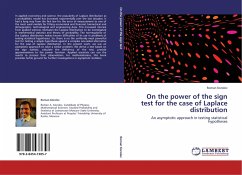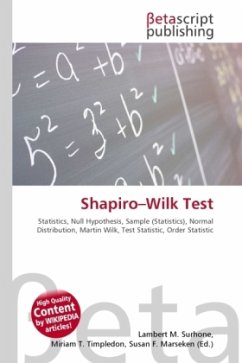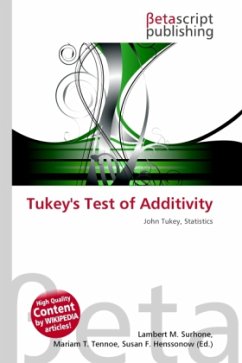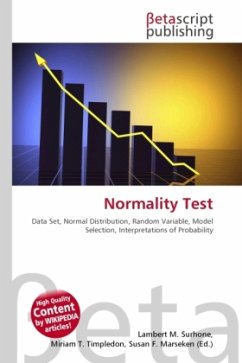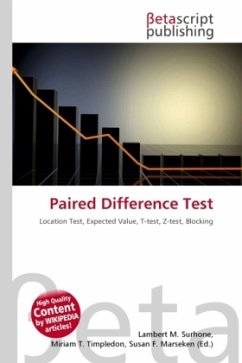High Quality Content by WIKIPEDIA articles! In statistics, the sign test can be used to test the hypothesis that there is "no difference" between the continuous distributions of two random variables X and Y, in the situation when we can draw paired samples from X and Y. It is a non-parametric test which makes very few assumptions about the nature of the distributions under test - this means that it has very general applicability but may lack the statistical power of other tests such as the paired-samples T-test. Formally, let p = Pr(X Y), and then test the null hypothesis H0: p = 0.50. In other words, the null hypothesis states that given a random pair of measurements (xi, yi), then xi and yi are equally likely to be larger than the other.
Bitte wählen Sie Ihr Anliegen aus.
Rechnungen
Retourenschein anfordern
Bestellstatus
Storno

